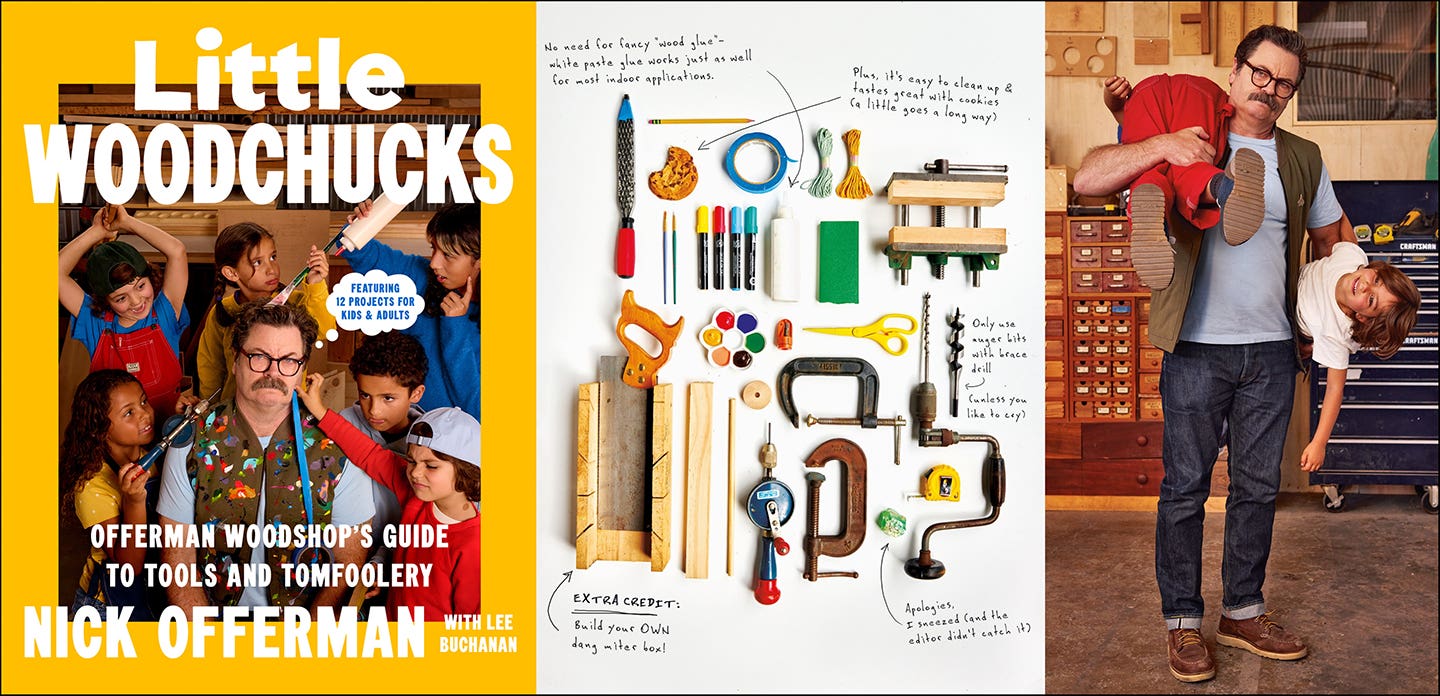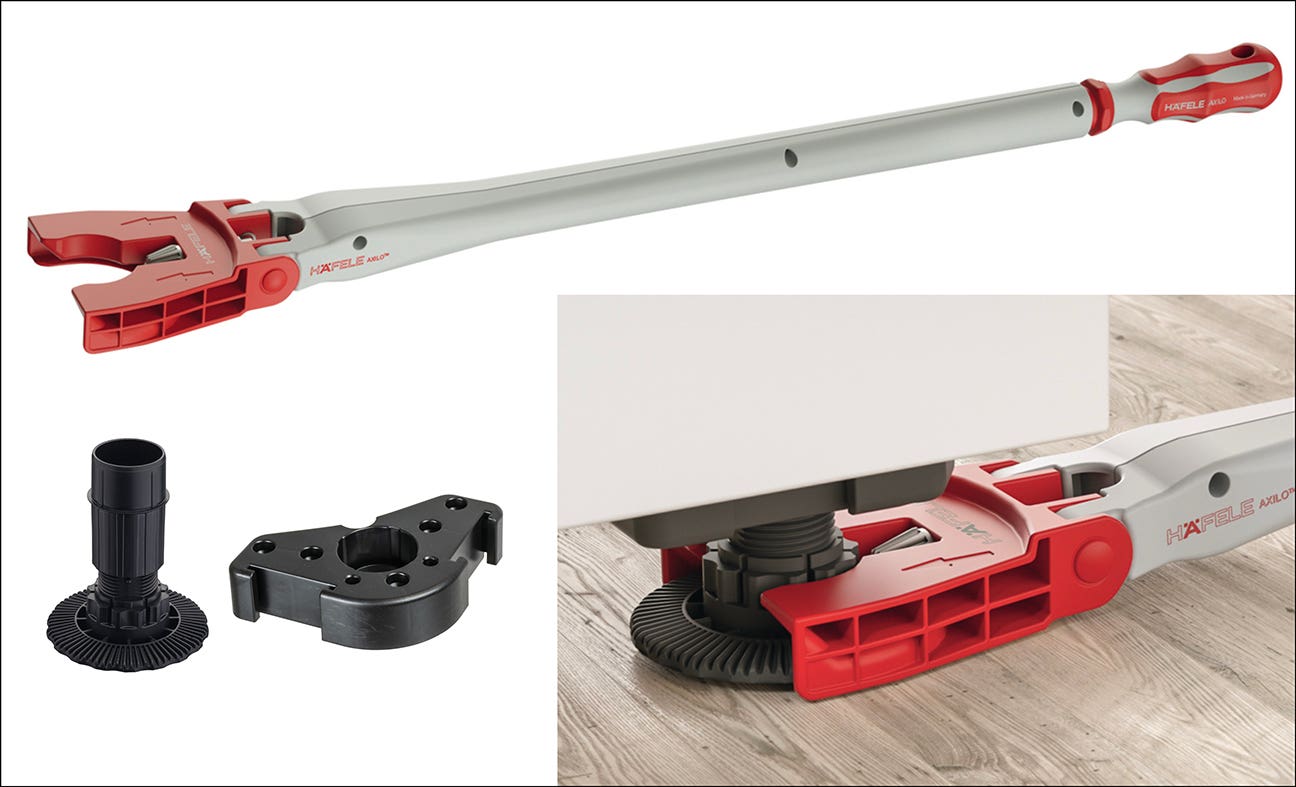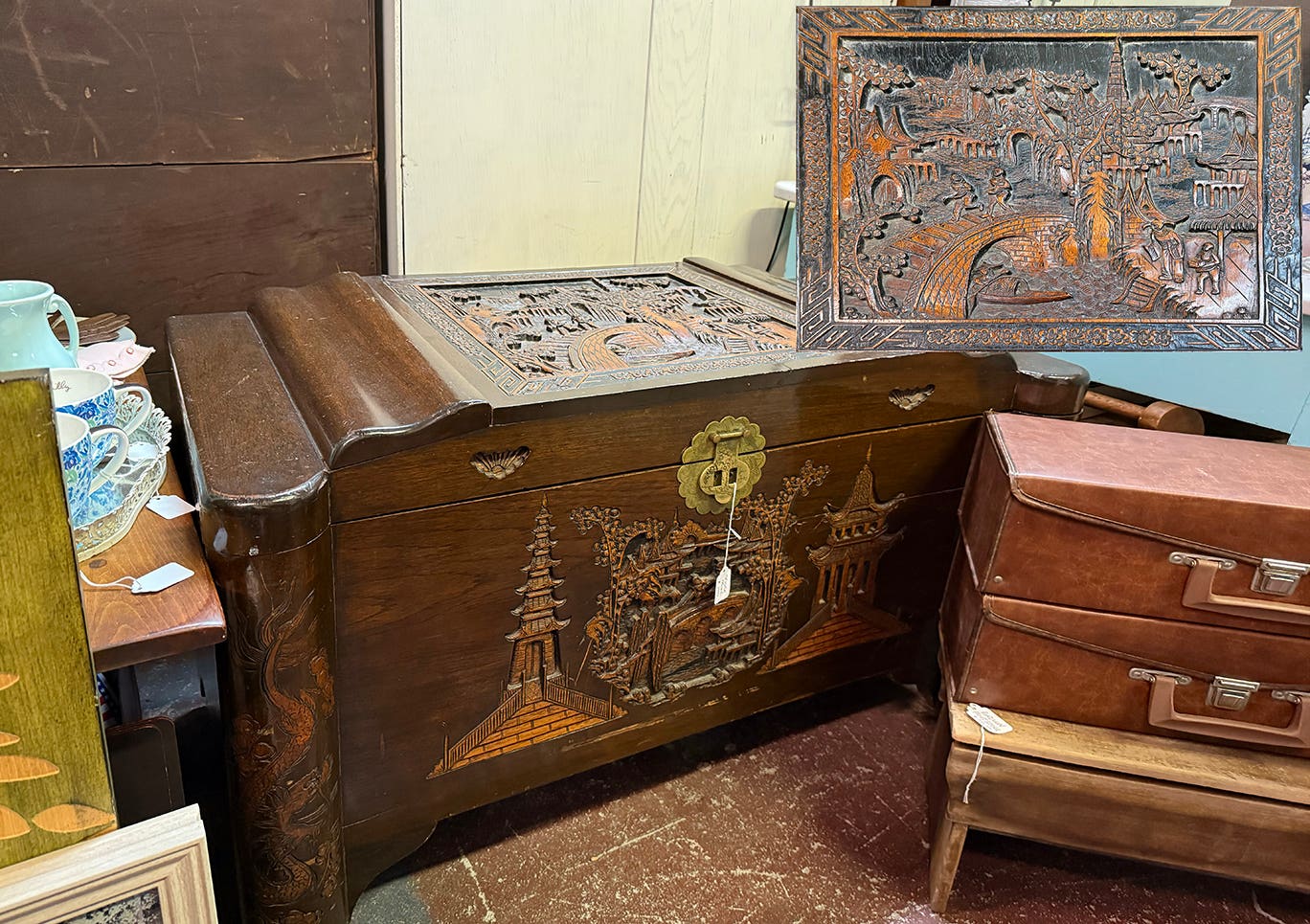Channeling my efforts
With most woodworking, mess up a procedure and you can usually just grab another piece of material and try again. That wasn’t the case with my new router table. To…
With most woodworking, mess up a procedure and you can usually just grab another piece of material and try again. That wasn’t the case with my new router table.
To maximize shop space, I’ve always combined my router table with a table saw extension. On earlier saws I made the extension myself, retrofitting it to the saw. My new saw, however, already had an excellent extension, so my goal was to rout a recess into that table to accept a router plate, then rout a channel for an aluminum miter slot.
This is kind of touchy work since routing for the plate and miter slot has to be spot-on. Too deep and both plate and slot are below the surface; too shallow and both are sticking up. Basically, I had just one shot. Sure, you can sort-of repair things after routing by shimming a too-deep recess or sanding out a too-shallow one, but I really wanted to get this right.
To make things more difficult, my available real estate for locating that miter slot was extremely limited due to the saw’s mounting hardware for the front rail. The aluminum slot was 1" wide, but I had an area only 1-1/4" in which to place it to avoid the metal rail mount on one side and the end piece of the extension table itself on the other.
Add to all that the fact that hand-held routing isn’t my favorite thing to do, and this proved to be a bit of a nerve-racking task.
The key here – for me, anyway – was to prepare everything to insanely extreme levels before cutting. First, I made a perfectly square base plate for the router that would firmly rest against a routing guide (my saw’s fence). Then it was measuring and checking and checking again to make sure the bit was set correctly. Then a quick test rout in some scrap, and readjusting the bit till the depth was perfect. Then it was measuring and setting the fence exactly – remember, with a space of only 1-1/4" for that slot, centering it gave me only 1/8" clearance by that metal rail.
In the end it all came out as good as I’d hoped. That was due entirely to the nearly two hours of prep I put into making a single cut that took less than 15 seconds.
A.J.
A.J. Hamler is the former editor of Woodshop News and Woodcraft Magazine. He's currently a freelance woodworking writer/editor, which is another way of stating self-employed. When he's not writing or in the shop, he enjoys science fiction, gourmet cooking and Civil War reenacting, but not at the same time.







